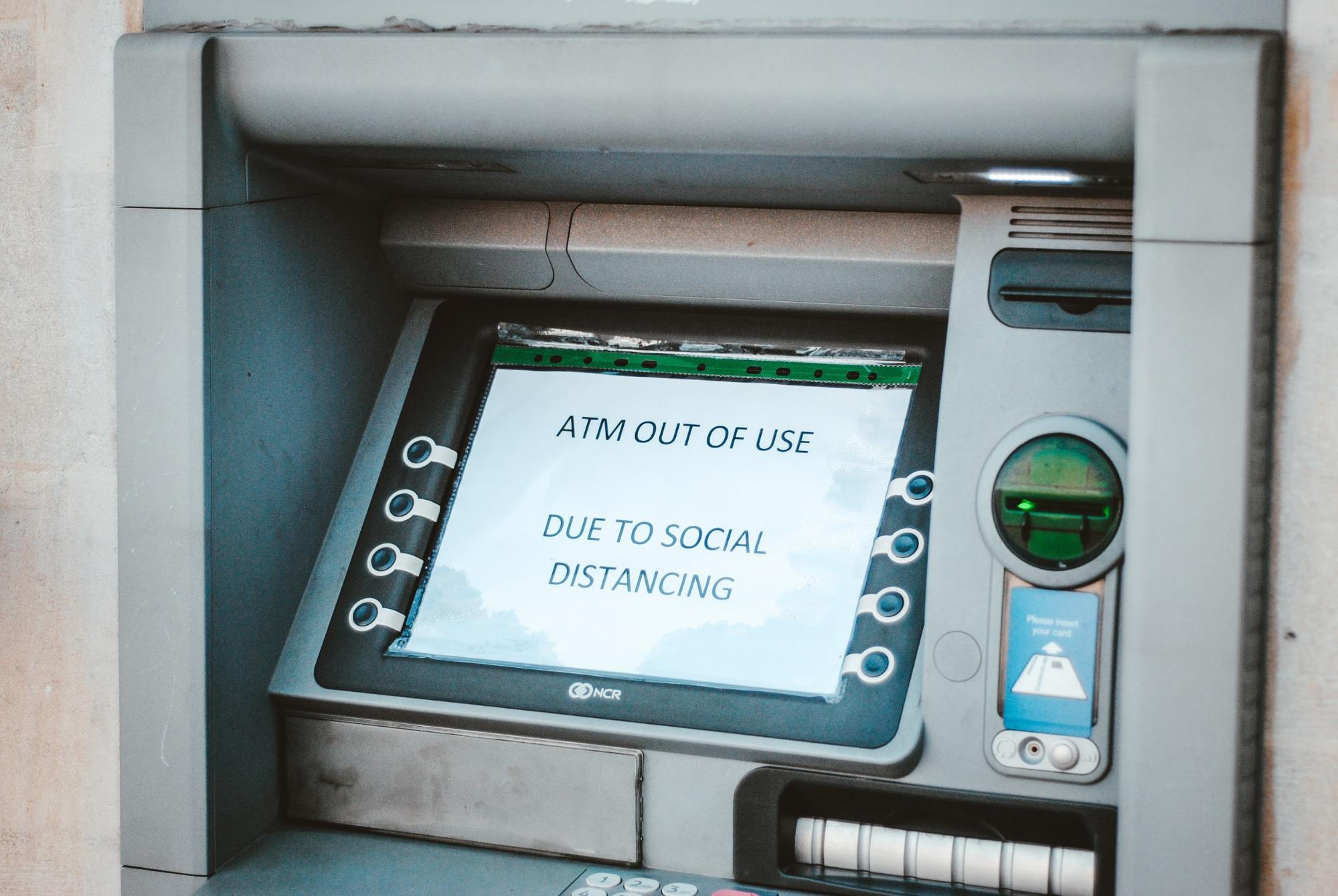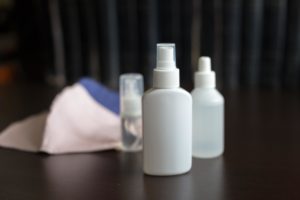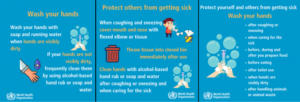Touchscreens have become a significant part of our every-day lives, both outdoors and indoors. Even though COVID-19 may have altered our view and behavior around them, touchscreens aren’t going anywhere anytime soon. While COVID-19 can indeed be transmitted through interactive displays, given the elementary services they fulfill at banks, stores, and other establishments, it’s not realistic to expect or demand everyone to suddenly stop using them.
Of course, it also isn’t realistic nor responsible to neglect the threat they might pose for the public health at this time. Take a closer look at what you can do to fight the pandemic without putting your touchscreens out of commission! We’ll dig into the guidelines to keep your touchscreens clean and safe to use, alongside some additional tips to ensure your patrons can confidently interact with them.
Clean the touchscreens regularly
If there is one positive consequence of COVID-19 it’s the impact on personal hygiene. 2020 will surely become known in history as the year the entire world started washing their hands more than ever before. All joking aside, this level of cleanliness should also extend to your touchscreens. Sadly, there were plenty of cases of poor touchscreen cleanliness which captured public attention, making people more reluctant to use them even before COVID-19 struck.
Touchscreens should be cleaned and disinfected as frequently as possible, ideally between each use. Although this can be a hassle, it’s the point of cleanliness to strive for. Below, we’ll take a look at a few additional methods to accompany regular display cleaning.
Make cleanliness more accessible
An easy way to raise the levels of cleanliness in your establishment and alleviate any tension in the consumer is to combine hand sanitizer stations and touchscreens. Of course, we don’t mean this literally, but rather to place them in close proximity to one another. This allows users to take the extra step, if they wish to, once they’re done interacting with the touchscreen.
Providing disinfectant wipes or hand sanitizer to users can grant a greater sense of safety in this situation. A rise in customer satisfaction won’t hurt either! Note that these can run out quickly, so make sure hygiene supplies are always available. An empty hand sanitizing station is a clear sign of neglect and—even if it’s not the case—poor hygiene.
Learn how COVID-19 behaves
The most dangerous information at this time is assuming anything short of a good old-fashioned scrub makes a surface coronavirus-free. Learning as much as you can about the nature of the virus can be of additional help in getting rid of it.
Even though tests have shown that it has a varying lifespan on specific surfaces, it’s safe to say that there is no surface immune to the coronavirus. For instance, while surfaces like copper do have antimicrobial properties, they don’t kill the virus upon contact. You also should not rely on any hygienic coating to do the job. While these can improve cleanliness and hygiene overall, they haven’t provided sufficient proof as an effective solution against COVID-19. As we remain hopeful for this to change in the future, it’s best to be safe and clean the touchscreens regularly instead of leaving it up to chance!
Are touchscreen investments wise at this time?
As we said, people might look at touchscreens differently than they did a few months back. But touchscreens are here to stay. They can still be very effective tools. In fact, they can even be useful in the battle against COVID-19. Touchscreens and the availability of self-service lower the need for interaction between people, making social distancing easier to accomplish. Of course, this goal can be achieved only once the aforementioned hygiene standards are met.
At the very least, touchscreens are excellent alternatives to other self-service tools. A touchscreen is a lot easier to clean than an old-school number pad found on an ATM. Cleaning a touchscreen is a lot easier if it has as few nooks and crannies as possible. For this reason, edge-to-edge touchscreens can be an excellent option.
Additionally, if you’re looking to invest in a touchscreen at this time, ensure the user can interact with them even if they’re wearing rubber gloves or utilizing styluses.
Accompany touchscreens with other technology
Making additional interaction methods available can be a great way to further reduce health risks and enable more people to use touchscreens. Certain displays have gesture tracking, responding to the movement in front of them. A user might also be able to access the touchscreen through their own smartphone. Commands through voice if privacy of the matter allows are also another great alternative.
Depending on where your touchscreens are and how one can use them, this would be an ideal opportunity to extend their use from interactivity to displaying content. Once a touchscreen remains inactive for a specific amount of time, it could display a reminder on your establishment’s policies, rules, personal hygiene, or any other type of PSA you’d like to share.
These simple guidelines can help you maintain the cleanliness of your establishment. However, one massive plus in this situation is showing your customers that you care. In a way, eliminating touchscreens fully would be the easy way out. Taking on the responsibility to keep them running and maintaining their cleanliness will keep your consumers safe as well as satisfied!










